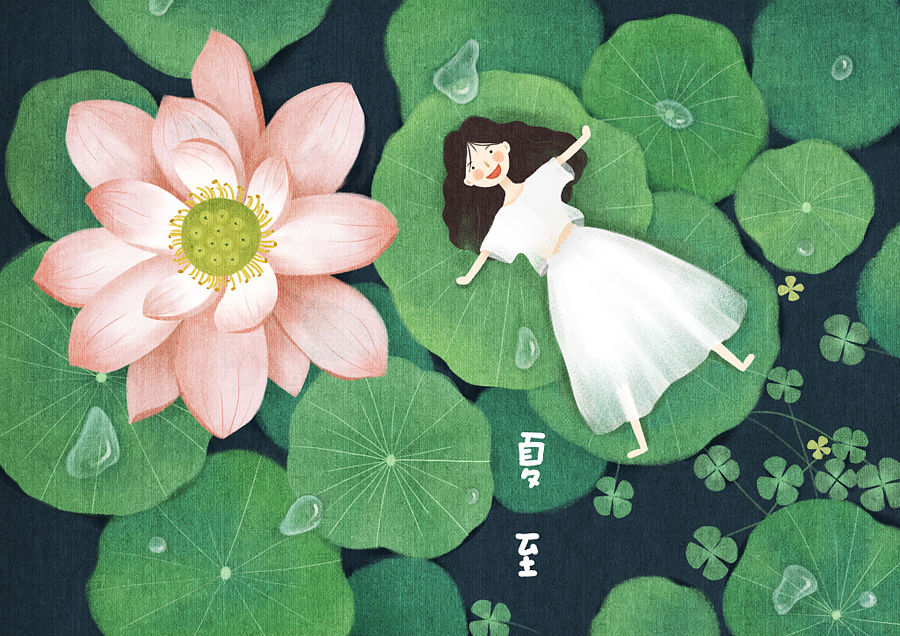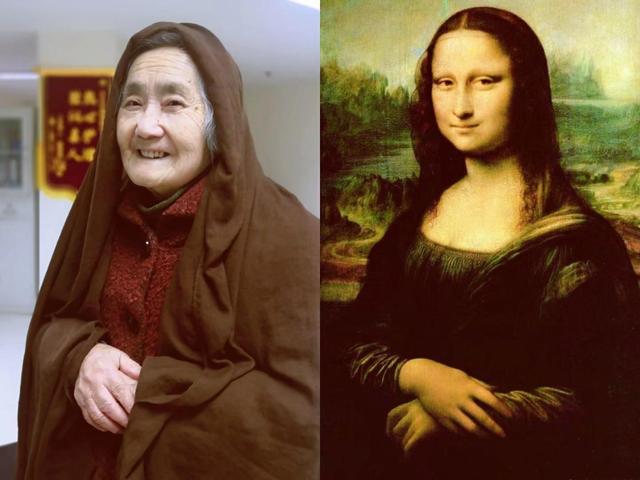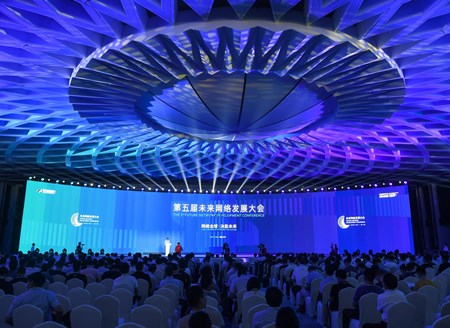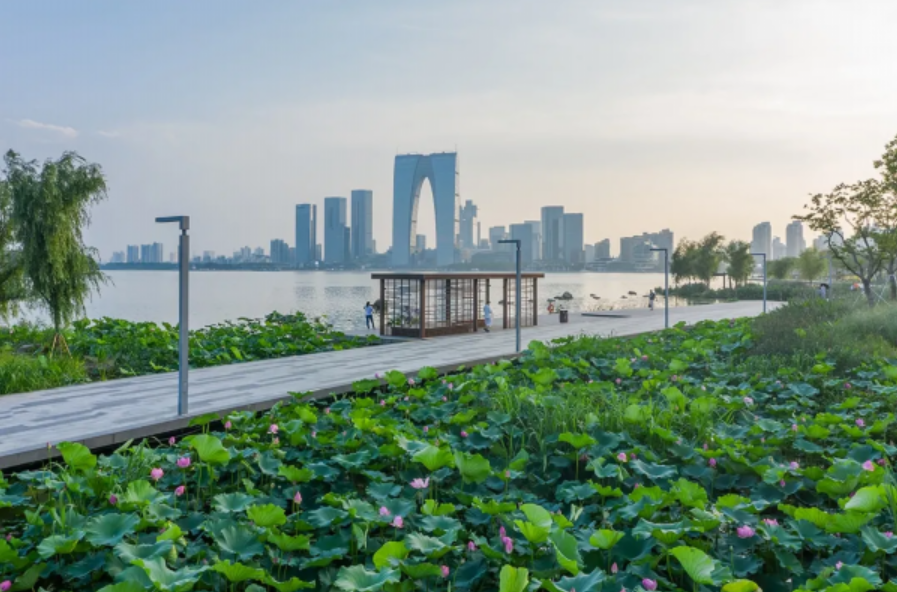The 2,500-year-old Grand Canal - the world's longest artificial waterway, half of which is operational even today - made it to the UNESCO World Heritage List in 2014.

It links several major rivers across the country, including the Yangtze, Huaihe and Yellow, and runs through the municipalities of Beijing and Tianjin, besides the provinces of Hebei, Shandong, Henan, Anhui, Jiangsu and Zhejiang.

10 representative examples of the rich cultural legacy that the canal has helped nurture for centuries:

PEKING OPERA
Peking Opera captures the quintessence of the Chinese art of entertainment. It was formed in Beijing under the Qing Dynasty (1644-1911) by integrating features of Huiju, Kunqu and Qinqiang operas. It combines singing, acting, acrobatics and martial arts, and was listed as an intangible cultural heritage by UNESCO in 2010.

NEW YEAR PAINTING
Lunar New Year woodblock painting was a popular folk art in regions along the majestic waterway. These paintings are bright and lively, and indulgently use the color red, which is considered both festive and auspicious. Patterns are closely related to the life and livelihood of Chinese people. Paintings from Tianjin, Shandong and Jiangsu provinces are the most popular.

SHADOW PLAY
Shadow play is an ancient form of storytelling that uses flat articulated cut-out figures or shadow puppets between a source of light and a translucent screen. Various visual effects can be achieved by moving both the puppets and the light source. It is popular in many places along the Grand Canal, including Hebei and Zhejiang. In 2011, Chinese shadow play was inscribed on the UNESCO Representative List of the Intangible Cultural Heritage of Humanity.

FRUIT PIT CARVING
Fruit pit carving is a Chinese folk handicraft in which kernels of green olives, peaches, apricots, prunes, walnuts and other varieties are intricately cut to make artifacts. The Guangfu fruit pit carving craft in Suzhou was listed as a national-level intangible cultural heritage in 2008.

IMPERIAL BRICKS
Imperial bricks were made exclusively for royal buildings, especially palaces, under the Ming and Qing dynasties. Mainly made in Suzhou, the bricks were transported through the Grand Canal to Beijing. They have a fine texture, but are resilient. They boast a pure cyan color like a mirror and produce a metallic sound when knocked. Given their high cost, they are aptly called the golden bricks. The craft is on the national-level intangible cultural heritage list since 2006.

THE FORBIDDEN CITY
The birth of the Forbidden City, China's imperial palace of the Ming (1368-1644) and Qing (1644-1911) dynasties in Beijing, is closely linked to the Grand Canal. The waterway facilitated transport of materials for construction of the palace complex and helped ferry laborers.

PEKING DUCK
Peking duck is an iconic dish from Beijing prepared since the imperial era, and characterized by its crispy skin and tender meat. The roasted duck is sliced and eaten with green onion, cucumber and sweet bean sauce, often with pancake rolled around fillings. It was selected as a national-level intangible cultural heritage in 2008.

KUNQU OPERA
Kunqu Opera, one of the oldest extant forms of Chinese opera, originated in Kunshan of what is now Suzhou city in Jiangsu province. Using poignant lines from poetry classics and through melodious singing, it gained ground in the lower reaches of the Yangtze River, and spontaneously reached other parts of the country via the Grand Canal.

YUNJIN
Yunjin, or cloud brocade, is a unique silk craft indigenous to Nanjing city in Jiangsu province. It is famous for its stunning patterns and delicate feel, which make it more valuable than gold. In 2009, Nanjing brocade was inscribed on the UNESCO Representative List of Intangible Cultural Heritage of Humanity.

CLASSICAL GARDENS
Classical gardens are small-scale recreation of natural landscapes that mirror the profound metaphysical importance of natural beauty in Chinese culture. Nine of the best-known classical gardens in Suzhou, including Lion Grove, Humble Administrator's Garden and the Great Wave Pavilion, made it to the World Heritage List in 1997 and 2000.





